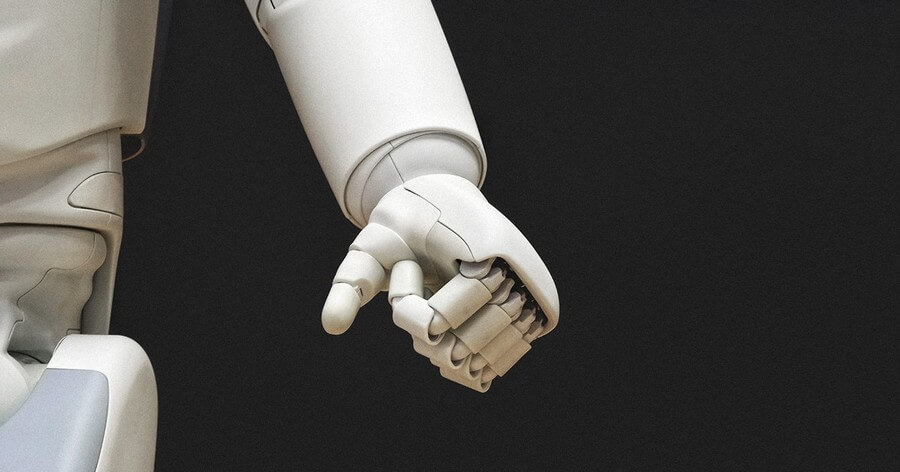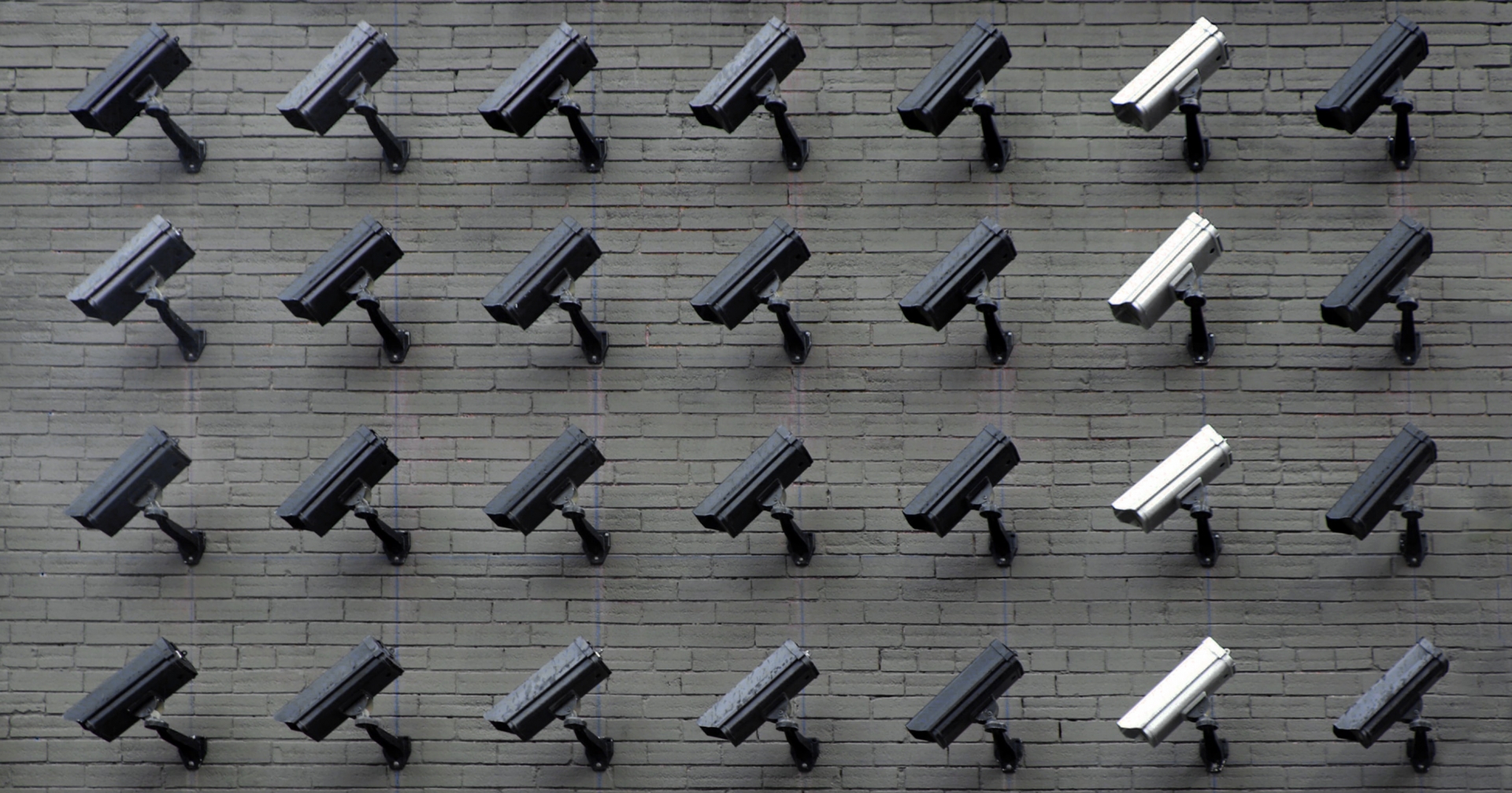If you are a fan of sci-fi novels, then you don’t need to be told how eerie it is when they predict things in our present from years, even decades ago. Mary Shelley’s Frankenstein, for example, predicted the science of modern transplants before such ideas were even conceivable. Likewise, Ray Bradbury's Fahrenheit 451, while written in 1953, predicts the usage of what we know now to be Bluetooth headsets. We currently live in a world that is full of screens, from tablets to mobile phones, computers to HD TVs. They are in our homes, in our pockets, at school, at work, in planes. We are entering a new age of technology which includes Virtual Reality, Augmented Reality, Mixed Reality, Artificial Intelligence and more. It’s safe to say that the “Digital Future” is here. So, what is the 4th Industrial Revolution and what does it imply? Are we sufficiently prepared? How can we make the most out of it, and what can we do to lessen any negative risks? The 23rd World Congress on Information Technology (WCIT 2019) understands that dialogue about the digital revolution is crucial moving forward. Continue reading to have a better understanding of the discussions that need to take place.
Never before have individuals been more connected with one another and the world as a whole. We have endless resources literally at our fingertips. More and more, we are the ones who are in control. Technological advancements are booming at lightning speeds, and our attitudes and approaches towards these advancements are vital in determining the course it will take in our very near future. This requires the involvement of everyone, whether you are currently tech-savvy or not. We are entering a world where decentralization rules, where collaboration is critical. The first step is understanding that your role as an individual is more important than you probably realize. The second step is becoming more aware. The third, taking your steps towards changing the world.
What Does it All Mean?
First, let’s take a look at what we mean by the 4th Industrial Revolution. For many, this concept is based on the idea that new technology like blockchain and artificial intelligence are game changers. If the 3rd Industrial Revolution was about digitization, then the 4th Industrial Revolution is about technologies like AI, genome editing, robotics, 3D printing, etc., all of which will affect all aspects of human life. Moreover, these changes are happening at faster speeds than we are able to adapt to. Meaning we need to get actively involved in the process now, as it is happening, and not be so complacent about it. This involves not fighting the digital disruption but really embracing it. It also means keeping in mind that these challenges are ever-evolving, so we need to keep up with dealing with those as well. Sure, it can be frustrating trying to stay ahead of a future that is just beyond the grasps of our imaginations, but the sci-fi world certainly did a good job at visualizing what the future may hold.
It helps to be flexible because what we are inevitably talking about here is a worldwide societal transformation. We are going to experience changes in how we learn, communicate, connect and get entertained. It shouldn’t come as a surprise, considering how far we have come in such a short amount of time. More than half of the global population has internet access right now, compared to 25% ten years ago and 4% twenty years ago. Nowadays many of us find it hard to imagine a life without our smartphones and internet access. From healthcare to smart cities, we're already witnesses to how the digital age caters to the needs of people. We are responsible for envisioning a world where technology is designed to help people prosper, by thinking of creative solutions to current problems. Innovation will always impact how we work and live, how we produce and consume goods and services, how we address different challenges. Powerful stakeholders are aware of the role new digital technologies are going to play in tackling different global issues including climate change and poverty. It will undoubtedly also affect people’s work life, allowing for a better work/life balance, inclusion in the labor market, as well as an enhancement in workplace efficiency.
Are the Fears Justified?
The issue at hand is not so much that AI, automation, and robotics are going to threaten human jobs, but that there is a growing gap between technological development and society as a whole. We are living in a time where trust is in a decline, thanks to concerns about privacy and security. Worse still is we face a risk of driving a wedge in society, further dividing it, bringing forth new forms of social exclusion and digital isolation. While technology has been advancing at rapid rates, conversely, income inequality is at its highest for over 30 years. While nearly 90% of jobs require digital skills, a small fraction of that amount of people actually possesses them. Groups of people who are already at a disadvantage now will face a higher risk of being left behind. This is why our approach should include lifelong learning, whereby skills are taught and re-taught throughout the working lives of members of the labor market. Instead of preparing children for specific careers, they ought to be taught important skills which can be adapted towards different careers, some of which don’t even exist yet.
What Are the Solutions?
We need to develop into a society that is more solution-oriented, with well-rounded technical, professional and emotional skills. Once again, the keyword to keep in mind is flexibility. This is a challenge that needs to be considered by all levels of society from big governments to organizations and businesses. Not only does the workforce of the future need to be equipped with digital skills, but we as a society need to think smart about digital technologies. Many things need to be readjusted to suit our new reality. For example, governments need to review social protection policies with regards to non-standard workers, i.e. those who are self-employed and have temporary contracts. The digital age also has many implications in terms of how regulation has evolved and requires attention. This may call for changes in legislation in order to keep it relevant to the ever-changing digital world.
While the prospects of the benefits to be gained from such technologies like drones, satellite images, AI and robotics and imply a positive impact on the world, we need to be active in ensuring that these beneficial influences spread across all of humanity, rather than driving the gap of those who are advantaged and those who are disadvantaged at staggering rates. The future is digital, the future is now, and changes are coming soon. We need to manage it, adapting to those changes as they come, all the while fighting to be inclusive. The pace of technology can sweep us off our feet if we aren’t ready for it. One way to be more prepared is to have periodic conversations about what the digital future is bringing with it. Staying one step ahead of innovation isn’t easy, but with events like WCIT 2019, we will be given a unique opportunity to examine our options in the days ahead. In October, you can expect to see some of the brightest minds coming together for exactly this reason.





